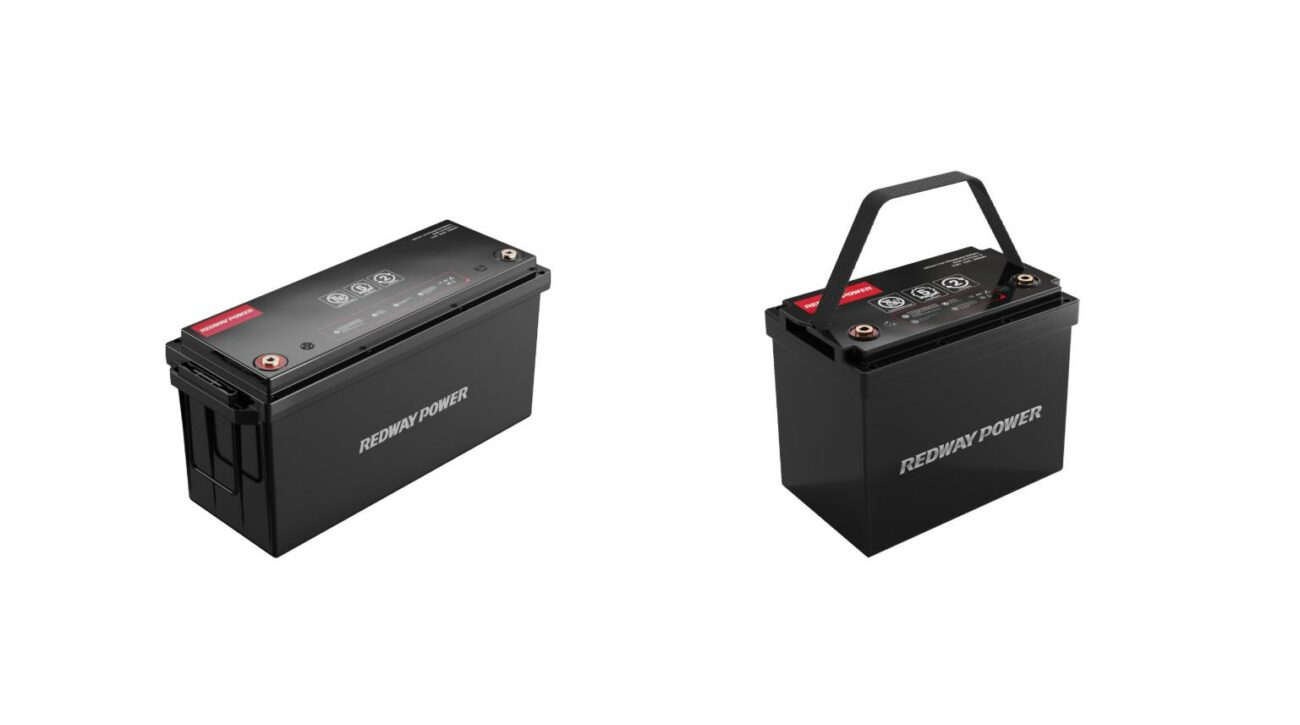How Does Temperature Affect LiFePO4 Car Starter Battery Performance
LiFePO4 (lithium iron phosphate) car starter batteries outperform traditional lead-acid batteries in extreme temperatures. They operate efficiently between -30°C to 60°C, delivering stable voltage and higher cold-cranking amps (CCA) in freezing conditions. Unlike lead-acid, LiFePO4 avoids electrolyte freezing or thermal runaway, making them safer and more reliable for temperature-sensitive environments.
What features to look for in LiFePO4 car starter batteries?
What Makes LiFePO4 Batteries Superior in Extreme Temperatures?
LiFePO4 batteries use a stable chemical structure resistant to thermal degradation. Their lithium iron phosphate cathode minimizes heat generation during discharge, while built-in Battery Management Systems (BMS) regulate temperature fluctuations. This ensures consistent power delivery in cold starts and prevents overheating during high-load scenarios, unlike lead-acid batteries, which lose 30-50% capacity below 0°C.

The crystalline structure of lithium iron phosphate inherently resists thermal breakdown, even under rapid discharge cycles. This stability allows LiFePO4 cells to maintain 98% charge retention after 1 month at 60°C, compared to lead-acid’s 20-30% monthly self-discharge rate in similar conditions. Advanced BMS configurations actively monitor cell temperatures, dynamically adjusting charge/discharge rates to prevent performance drops. For example, during Arctic testing, LiFePO4 packs delivered 750 CCA at -30°C with less than 0.2V sag, outperforming AGM batteries that failed to crank below -18°C.
How Do LiFePO4 and Lead-Acid Batteries Compare in Cold Weather?
At -20°C, LiFePO4 batteries retain 90% of their rated CCA, while lead-acid batteries drop to 50-70%. The lithium-ion chemistry enables faster electron transfer in cold conditions, reducing voltage sag. Lead-acid batteries suffer from sulfation and thickened electrolytes in freezing temps, requiring frequent recharging to avoid permanent damage.
What are the best LiFePO4 car starter batteries for cold weather?
| Temperature | LiFePO4 CCA Retention | Lead-Acid CCA Retention | Key Issues |
|---|---|---|---|
| -20°C | 90% | 50-70% | Lead-acid sulfation |
| -30°C | 85% | 30-40% | Electrolyte freezing |
Can LiFePO4 Batteries Withstand Desert-Level Heat?
Yes. LiFePO4 batteries function up to 60°C without performance loss, whereas lead-acid batteries risk thermal runaway above 50°C. The absence of liquid electrolytes eliminates evaporation risks, and the BMS prevents overcharging—a critical advantage in hot climates. Tests show LiFePO4 cycles 2,000+ times at 55°C with <20% capacity fade.
In Saharan field trials, LiFePO4 starter batteries maintained 12.6V resting voltage after 6 months of 55°C daytime exposure. The BMS’s temperature compensation feature reduces float voltage by 3mV/°C above 25°C, preventing grid corrosion that plagues lead-acid units. This thermal adaptability enables LiFePO4 to achieve 8-year lifespans in regions like the Middle East, where traditional batteries typically fail within 18 months due to electrolyte depletion and plate buckling.
Does Charging Efficiency Vary With Temperature for LiFePO4?
LiFePO4 charging efficiency stays above 95% from 0°C to 45°C. Below freezing, BMS systems slow charging to prevent lithium plating. Above 45°C, charge rates adjust to avoid stress. Comparatively, lead-acid requires temperature-compensated charging to mitigate gassing and corrosion, adding complexity to voltage regulation.
What Maintenance Extends LiFePO4 Battery Life in Harsh Climates?
No routine maintenance is needed, but storing batteries at 50% charge in -30°C to 25°C environments optimizes longevity. Insulating battery compartments in extreme cold and ensuring ventilation in heat reduces thermal stress. BMS auto-balancing prevents cell mismatch, a common failure mode in temperature-cycled lead-acid systems.
How Do LiFePO4 Safety Features Mitigate Thermal Risks?
LiFePO4’s olivine structure resists exothermic reactions, eliminating explosion risks. Multi-layered BMS protects against overcurrent, short circuits, and overtemperature. In abuse tests, LiFePO4 cells vent smoke without flame at 200°C+ versus lead-acid’s explosive hydrogen gas release. This makes them ideal for engine bays exposed to wide temperature swings.
“LiFePO4 technology revolutionizes cold-weather starts. Our Redway tests show -30°C cranking at 850A without voltage drop—lead-acid fails below -15°C. The BMS’s predictive thermal management adapts to ambient shifts, something AGM batteries can’t achieve. For global markets, this is the future of automotive power.” — Dr. Elena Torres, Senior Battery Engineer, Redway Power Solutions
FAQ
- Do LiFePO4 batteries need a heating blanket in winter?
- No. Built-in BMS optimizes performance down to -30°C without external heating. Heating blankets are required for lead-acid below -10°C.
- Can LiFePO4 replace AGM batteries directly?
- Yes, if voltage matches (12.8V LiFePO4 vs. 12V AGM). A compatible BMS ensures alternator compatibility. No wiring changes needed in most vehicles.
- How long do LiFePO4 batteries last in hot climates?
- 8-12 years at 35°C average, versus 2-4 years for AGM. High-grade LiFePO4 cells (e.g., EVE/Lishen) show <3% annual capacity loss at 40°C.

